Regulatory Support for Antimicrobial Products
Regulatory bodies are increasingly recognizing the importance of antimicrobial products in healthcare settings, which serves as a significant driver for the Antimicrobial Medical Textile Market. Various health organizations have established guidelines and standards that encourage the use of antimicrobial textiles in medical applications. This regulatory support not only fosters innovation but also instills confidence among manufacturers and healthcare providers. As a result, the market is witnessing a surge in the development of advanced antimicrobial textiles that meet stringent safety and efficacy standards. The anticipated growth in regulatory approvals for new antimicrobial agents and products is expected to further propel the market, as healthcare facilities look to comply with these guidelines while enhancing patient care.
Rising Investment in Healthcare Infrastructure
The ongoing investment in healthcare infrastructure is a pivotal driver for the Antimicrobial Medical Textile Market. As countries expand and modernize their healthcare facilities, there is a growing need for advanced medical textiles that enhance infection control measures. New hospitals and clinics are increasingly incorporating antimicrobial textiles into their design and operational protocols to ensure patient safety. This trend is particularly evident in regions experiencing rapid healthcare development, where the demand for high-quality medical textiles is surging. The anticipated growth in healthcare infrastructure investments is expected to create substantial opportunities for manufacturers of antimicrobial textiles, as healthcare providers prioritize the integration of innovative solutions to combat infections.
Technological Innovations in Textile Treatments
Technological advancements in textile treatments are transforming the Antimicrobial Medical Textile Market. Innovations such as nanotechnology and advanced coating techniques are enabling the development of textiles with enhanced antimicrobial properties. These technologies allow for the incorporation of antimicrobial agents at a molecular level, resulting in textiles that offer prolonged protection against a wide range of pathogens. The market is experiencing a shift towards more effective and durable antimicrobial solutions, which are essential in high-risk medical environments. As manufacturers continue to invest in research and development, the introduction of novel antimicrobial treatments is likely to expand the application scope of these textiles, thereby driving market growth.
Growing Demand for Sustainable Medical Solutions
The increasing emphasis on sustainability within the healthcare sector is emerging as a vital driver for the Antimicrobial Medical Textile Market. Healthcare providers are increasingly seeking eco-friendly materials that not only meet performance standards but also align with environmental goals. Antimicrobial textiles that utilize sustainable production methods and biodegradable materials are gaining traction. This shift towards sustainability is influencing purchasing decisions, as healthcare facilities aim to reduce their environmental footprint while ensuring patient safety. The market is likely to see a rise in the development of antimicrobial textiles that are both effective and environmentally responsible, catering to the evolving preferences of healthcare providers and patients alike.
Increasing Prevalence of Healthcare-Associated Infections
The rising incidence of healthcare-associated infections (HAIs) is a critical driver for the Antimicrobial Medical Textile Market. According to recent data, HAIs affect millions of patients annually, leading to extended hospital stays and increased healthcare costs. This alarming trend has prompted healthcare facilities to seek effective solutions to mitigate infection risks. Antimicrobial medical textiles, which incorporate agents that inhibit microbial growth, are increasingly being adopted in surgical gowns, drapes, and other medical applications. The market for these textiles is projected to grow significantly, as healthcare providers prioritize patient safety and infection control measures. The demand for innovative antimicrobial solutions is likely to drive investments in research and development, further enhancing the capabilities of these textiles in combating HAIs.


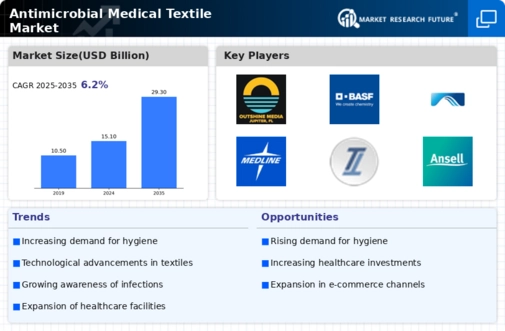
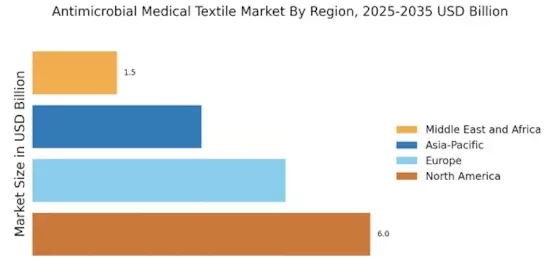
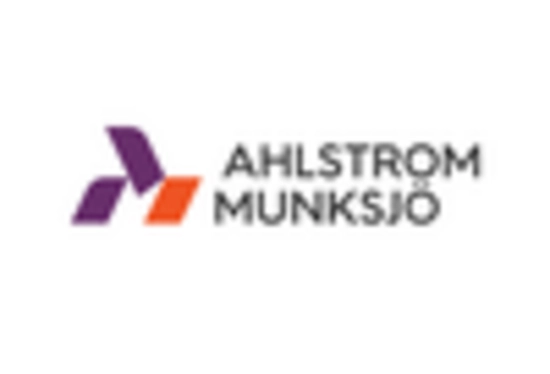

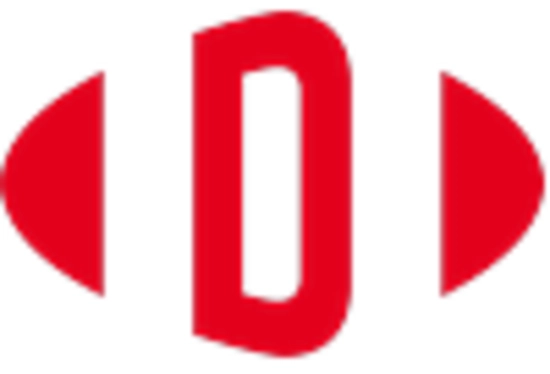

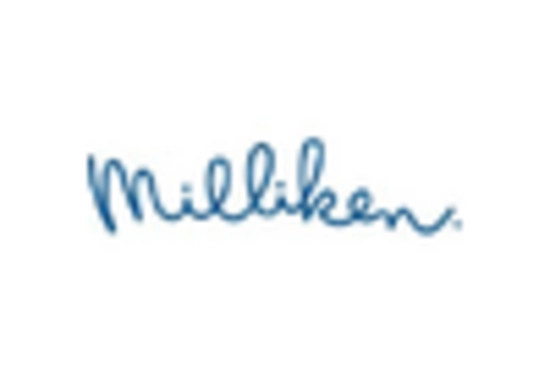









Leave a Comment